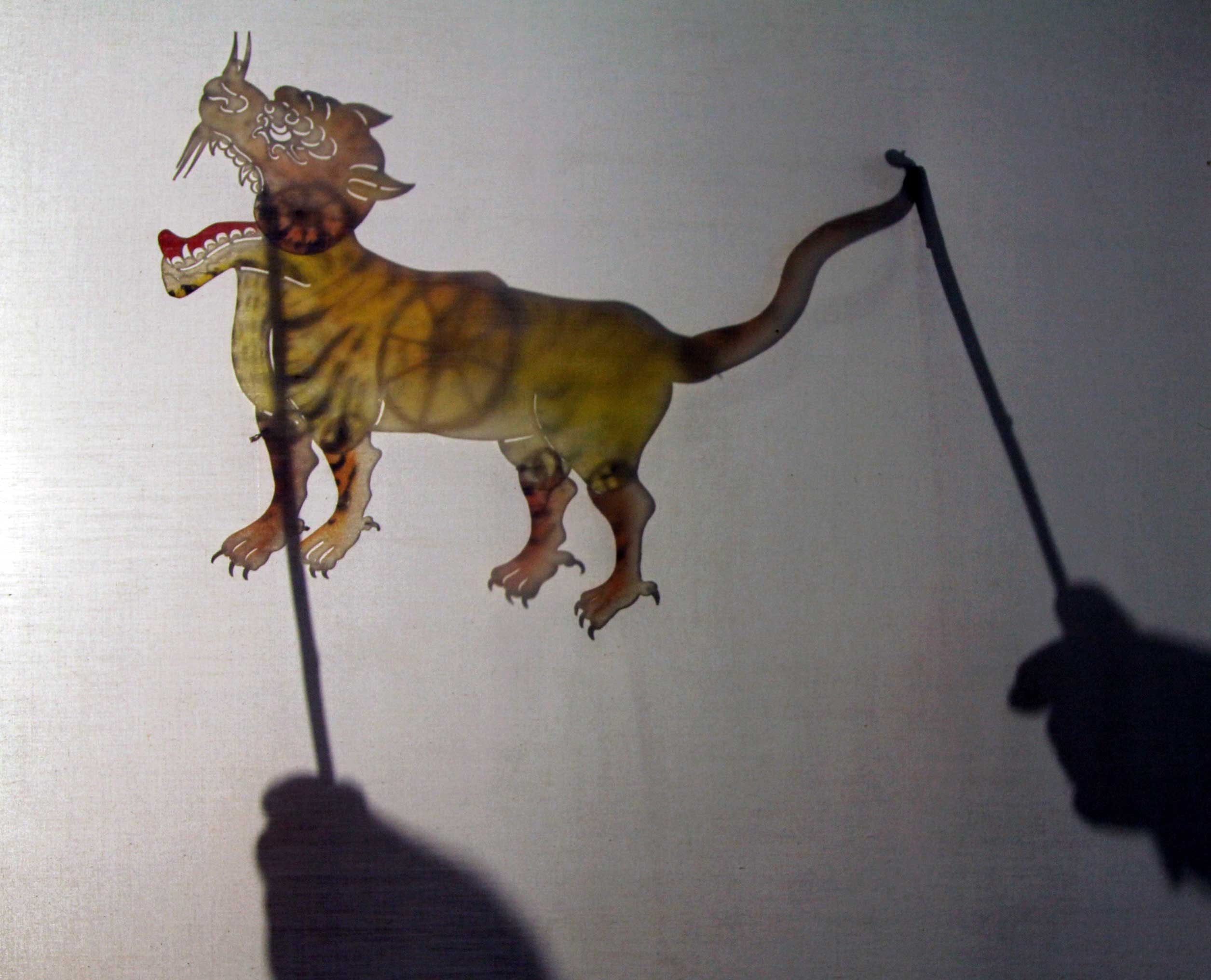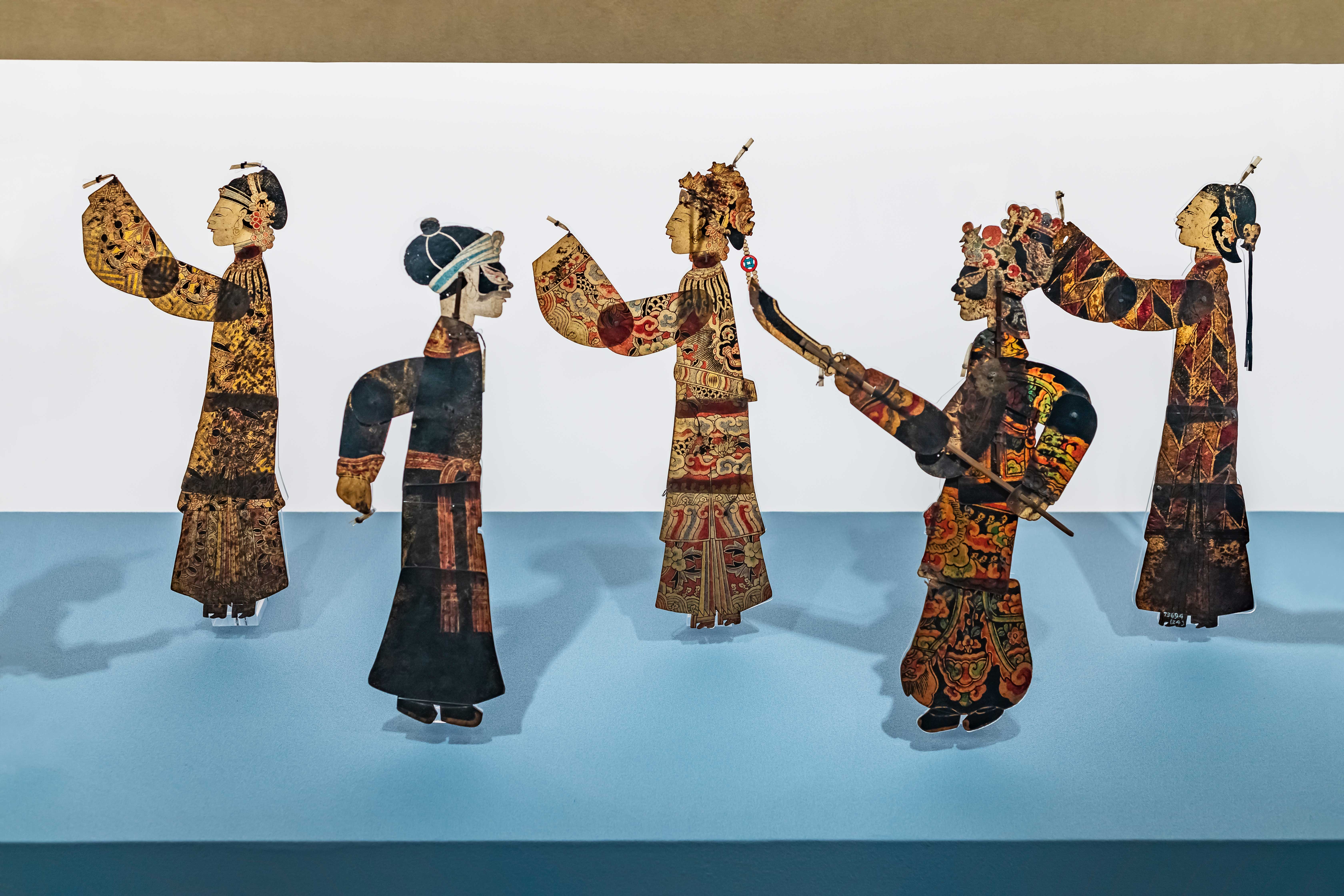Distant relative of Karagöz survives in China: Shadow puppetry art revives

A curtain, light reflected from behind and colored leather puppets... The shadow play tradition known in Türkiye with Karagöz-Hacivat has been continuing its life in China for centuries with a completely different interpretation. The art of Chinese shadow puppetry, which dates back to ancient times, is trying to find a place for itself both in the collective memory of the people and in modern cultural projects.

The roots of shadow puppetry in China date back to the 2nd century BC. Developing during the Tang and Song dynasties, this art form was used not only as a means of entertainment but also as a powerful form of expression in which religious ceremonies, folk tales and social messages were brought to the stage. Over time, it also became a tool for public education and political narratives.
LEATHER PUPPETS THAT COME TO LIFE WITH LIGHTThe most striking aspect of Chinese shadow theatre is its finely crafted puppets and the technical structure that projects them onto the screen. The puppets, usually made of cowhide, are painted in detail to make them suitable for the stage. These puppets, which have moving parts, are both moved and voiced by the actors. The stories come to life with music and songs.

Chinese shadow puppetry is not just a theater show; it is also a representative of local culture and oral tradition with love stories, legends and heroic tales. Shadow theater has its own techniques and puppet styles in different regions of the country. For example, in the Shaanxi region, puppets have thicker lines, while in the Sichuan region, fine workmanship is prominent.
THE STRUGGLE FOR EXISTENCE IN THE DIGITAL AGEToday, shadow puppetry is in danger of losing audience interest in the face of television, the internet and digital platforms. However, thanks to projects supported by the Chinese government, thematic festivals and young artists interested in shadow theatre, this cultural heritage is coming back to the agenda. Institutions such as the King Shadow Museum in the country are actively working to keep the art alive and pass it on to future generations.
ANCIENT ART CASTS A SHADOW ON THE FUTUREChinese shadow theatre acts as a bridge in the fast and digital flow of modern times. While telling the stories of the past, it also continues to try to keep cultural identity alive. The dance of light and shadow continues to fascinate viewers today, as it has throughout history.
SÖZCÜ





